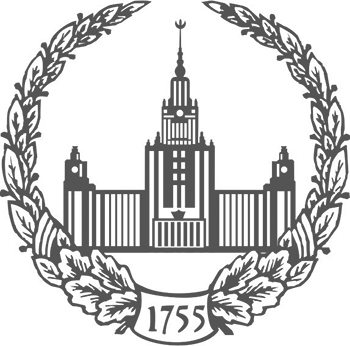Alexander Nikolaevich Chervan

-
Soil cover structure and agrochemical state changes in Belarusian Рolesie over a 50-year period on the example of an experimental agricultural landscapeMoscow University Bulletin. Series 17. Soil science. 2025. Vol. 80. N 2. p.51-61read more428
-
The article presents the results of the study of the dynamics of changes in agrochemical parameters of soils and soil cover structure changes as a result of hydrotechnical melioration, using the example of the experimental site of the agricultural organization “Bobrik”. It was established that over a 50-year period, the reaction of the soil changed from slightly acidic pHKCl 5.5–6.0 (68.8% of the area of the farm under study (530 ha)) to neutral (pHKCl 7.0–7.5) and slightly alkaline (рНKCl 7.5–8.0), while the optimum for sandy soils is 5.5–5.8 рНKCl. Optimum values were reached for potassium content in 2022, after many years of chemical treatment of the site as a whole, and 48.5% of the territory for phosphorus did not reach the range of optimal values. Analysis of the structure of the soil cover showed that the number of soil contours increased from 58 to 172 during economic use, and the average area of the ESA decreased from 15.93 ha to 6.34 ha. An increase in the heterogeneity of the soil cover leads to an even more active redistribution of substances, including excessive accumulation of fertilizers. Based on the calculated morphometric coefficients of the soil cover structure, it was established that only 146 ha (13.9% of the site area) can be effectively used as arable land for the restoration and rational use of the studied agrocenosis. Taking into account the agrochemical potential of lands recommended for removal from agricultural production due to very high heterogeneity of the soil cover, their area is reduced from 72.5 ha to 23.2 ha due to the inclusion of elementary plots with agrochemical parameters sufficient for meadow use.
Keywords: soil properties; soil cover structure; degradation; reclamation; agrochemical potential; morphometric indicators
-


